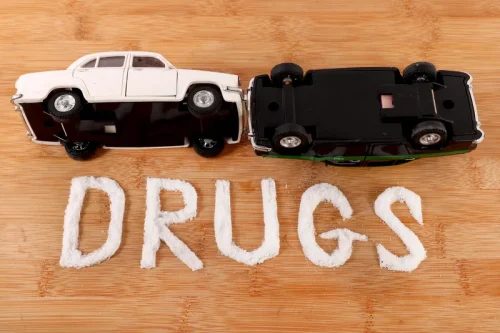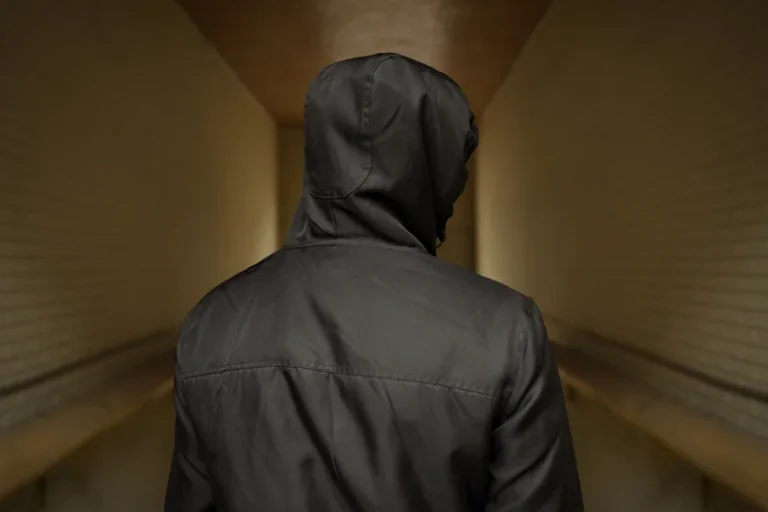
While there is overlap between complex PTSD and BPD, the two conditions have differences. A 2022 article notes that people with complex PTSD had consistently negative self-conceptions, while people with BPD had unstable and changing self-conceptions. In addition, the person must show problems with self-regulation, low self-esteem, a sense of shame or guilt related to past trauma, and problems maintaining relationships with others.
Understanding Flashbacks
- More studies are needed to investigate the biological basis of complex PTSD as a clinical entity and its differences from trauma-induced disorders such as PTSD.
- In a 2017 study, C-PTSD was actually found to be more common than PTSD based on ICD-11 criteria.
- Educating loved ones and the broader community about the nature of PTSD blackouts can help reduce stigma and improve support systems for those affected.
PTSD is a complex mental health condition that develops in response to experiencing or witnessing traumatic events. It is characterized by a range of symptoms, including intrusive thoughts, nightmares, hypervigilance, and avoidance behaviors. Among these symptoms, blackouts represent a particularly challenging aspect of PTSD, often leaving individuals feeling disoriented and disconnected from their own experiences.
Flashbacks and Dissociation in PTSD: How to Cope
Both conditions can also make you feel intensely afraid and unsafe even though the danger has passed. However, despite these similarities, some characteristics differentiate C-PTSD from PTSD according to some experts. C-PTSD has gained attention in the years since it was first described in the late 1980s. However, it is important to note that it is not recognized as a distinct condition in the Diagnostic and Statistical Manual of Mental Disorders, Fifth Edition (DSM-5-TR), the tool that mental health professionals use to diagnose mental health conditions. Ivy Kwong, LMFT, is a psychotherapist specializing in relationships, love and intimacy, trauma and codependency, and AAPI mental health.
Conditions
The particular situation that triggers a person can be random and varies depending on their specific trauma history. A person can be triggered by situations, images, smells, conversations with others, and more. The number and type of ACEs a person experiences can depend on the person’s culture, race, ethnicity, religion, and other identifying factors. Social inequities in the U.S. mean that people from historically marginalized groups can experience more ACEs.
- Trying to engage in everyday activities can be a key step for people working toward leading healthy, balanced lives.
- Setting achievable goals in these areas may improve overall mood and lessen the severity and frequency of symptoms.
Having a clear operationalization of CPTSD (including a definition and standardized measures such as the ITQ) has been a major advance in the field. Early studies—with DSM-5 PTSD populations and interventions–have not found an advantage so far for phase-based treatments for people who have CPTSD or have found that people with CPTSD benefit as much as those with PTSD from standard PTSD treatments. Future treatment studies may examine whether, in fact, different treatment approaches are needed for different diagnoses. Ideally studies will enroll patients with CPTSD to compare treatments specifically developed for CPTSD (such as phase-based or modular treatments) to standard PTSD treatments, in order to more clearly examine whether a diagnosis of CPTSD should lead to different treatment recommendations than for PTSD.

Many skills can be learned to cope with childhood trauma, and a trauma-informed therapist will work with you to use them. It would seem the amygdalae of survivors, because of being exposed to repeated trauma in the past, works overtime to seek out any situation it sees as something to run from. Medications may help reduce symptoms of C-PTSD, such as anxiety or depression. Antidepressants are often used to treat complex PTSD, including Prozac (fluoxetine), Paxil (paroxetine), and Zoloft (sertraline). In these types of events, a victim is under the control of another person and does not have the ability to easily escape.

What Connects C-PTSD and Memory Loss?

At least 29 studies from more than 15 countries have consistently shown the differences in symptoms between traditional PTSD and its complex variation. Typical PTSD can arise after a traumatic episode, such as a car collision, an earthquake, or a sexual assault. Given that the diagnosis of ICD-11 CPTSD is relatively “young” there have been relatively few treatment studies of ICD-11 CPTSD specifically. We begin by discussing the arguments ptsd blackouts historically made in favor of phase-based treatment, followed by an overview of the few studies to date. If you decide to see a mental health professional, you might receive a C-PTSD diagnosis if you complete the International Trauma Questionnaire. In this manual, C-PTSD includes symptoms of PTSD but focuses on the group of traits often seen with chronic trauma.

The link between PTSD and brain fog
This therapy takes place with a trained, licensed mental health professional, such as a psychologist or psychiatrist. It can provide support, education and guidance to you and/or your loved ones to help you function better and increase your well-being. Sandbox therapy can be potent, especially when you and your therapist begin to rearrange the symbols. Doing this together suddenly gives you a deeper understanding of how you see the people in your life and allows you to feel a sense of power over them.